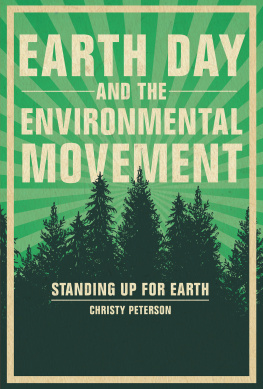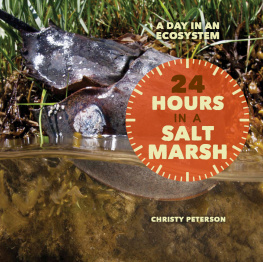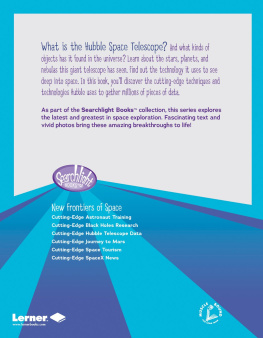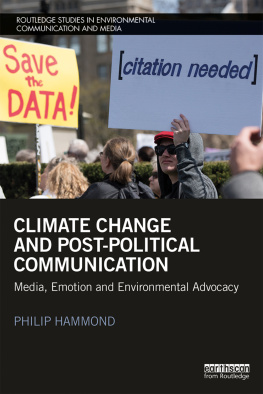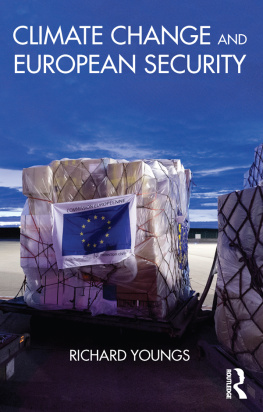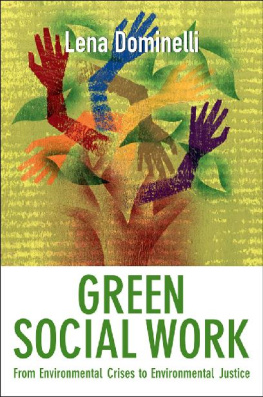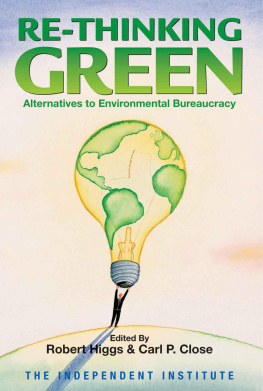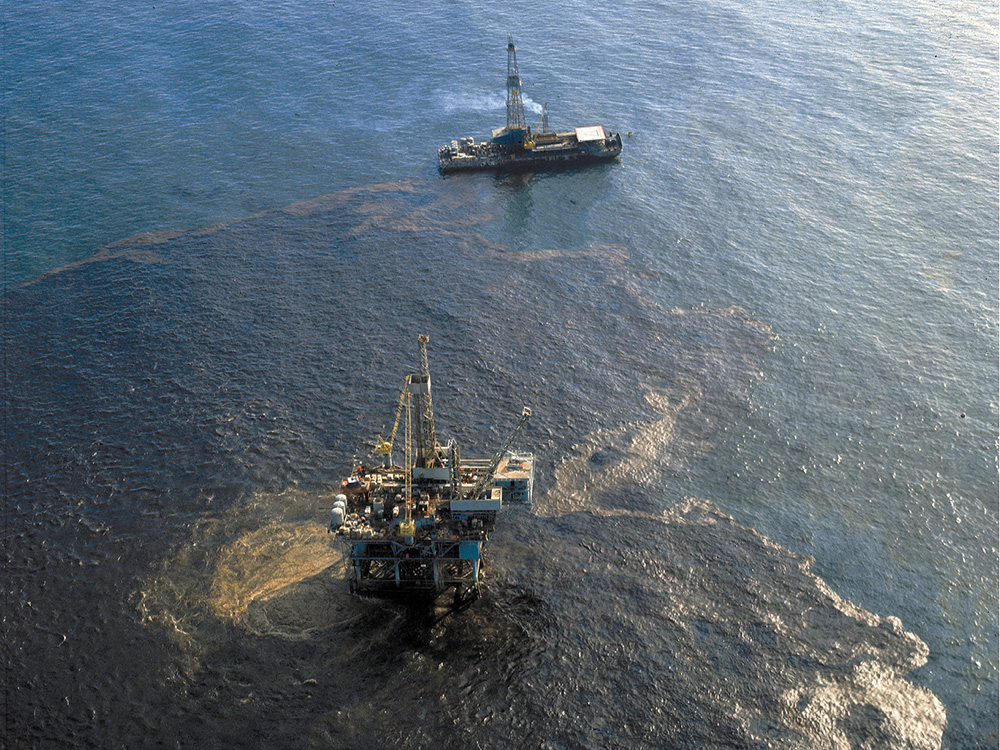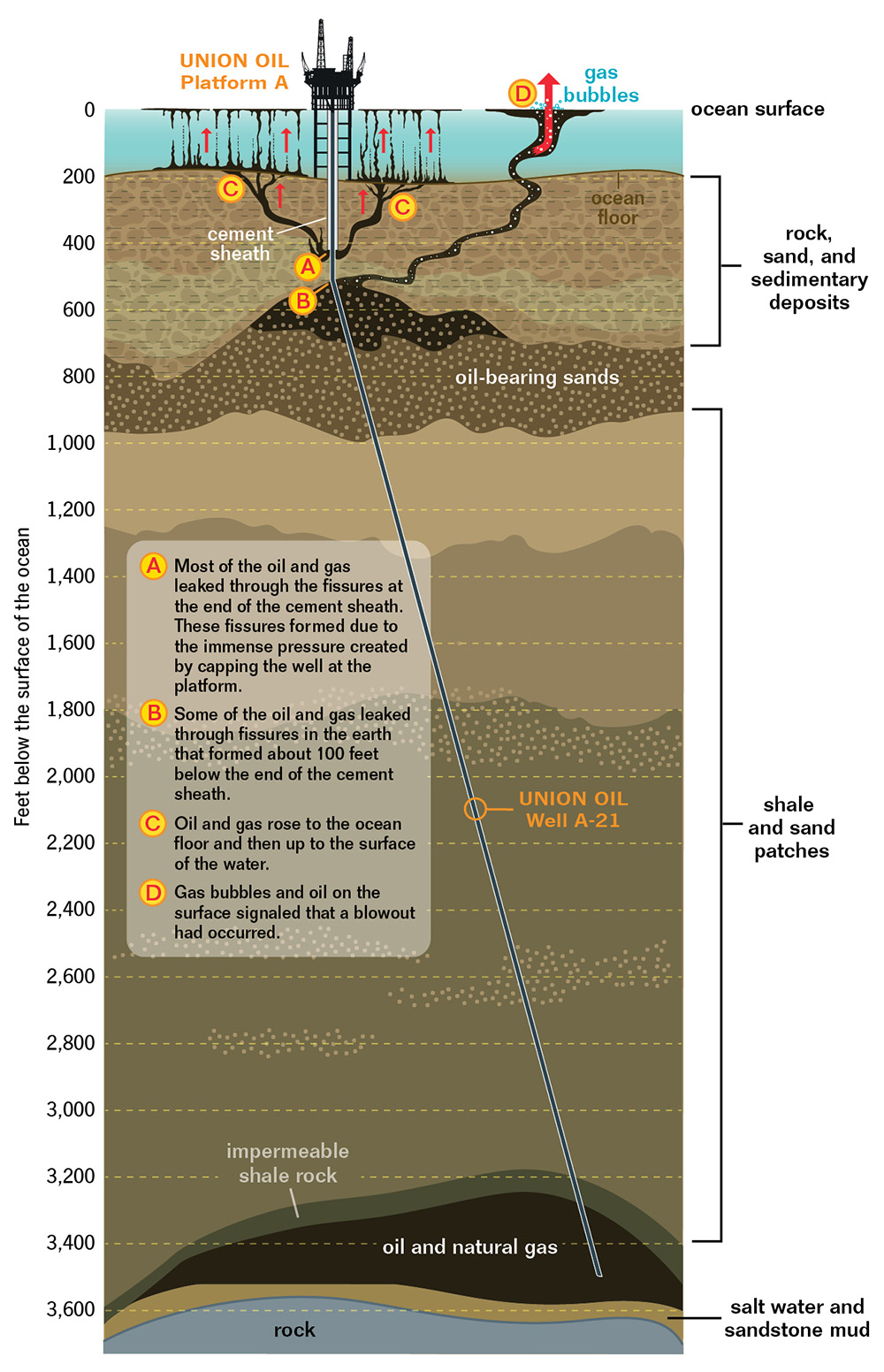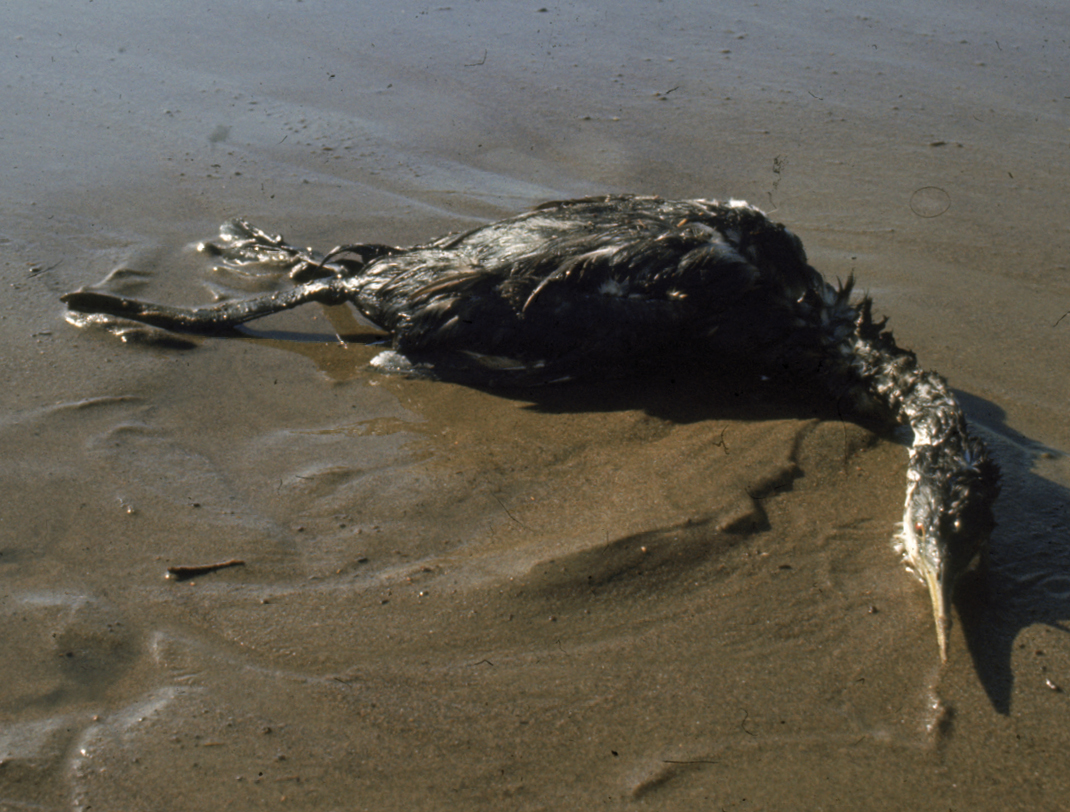For Dad and Mom, who taught me how to change the world
I would like to thank Robert Tuck, Emma Peterson, and Larry Hamilton Jr. for their help on this book. I would also like to thank my family for their support. I couldnt have done it without you.
Text copyright 2020 by Lerner Publishing Group, Inc.
All rights reserved. International copyright secured. No part of this book may be reproduced, stored in a retrieval system, or transmitted in any form or by any meanselectronic, mechanical, photocopying, recording, or otherwisewithout the prior written permission of Lerner Publishing Group, Inc., except for the inclusion of brief quotations in an acknowledged review.
Twenty-First Century Books
An imprint of Lerner Publishing Group, Inc.
241 First Avenue North
Minneapolis, MN 55401 USA
For reading levels and more information, look up this title at www.lernerbooks.com.
Main body text set in Adobe Garamond Pro.
Typeface provided by Adobe Systems.
Library of Congress Cataloging-in-Publication Data
Names: Peterson, Christy, author.
Title: Earth Day and the environmental movement : standing up for Earth / Christy Peterson.
Description: Minneapolis : Twenty-First Century Books, [2020] | Audience: Ages: 1318. | Audience: Grades: 912. | Includes bibliographical references and index. |
Identifiers: LCCN 2019003593 (print) | LCCN 2019014562 (ebook) | ISBN 9781541579262 (eb pdf) | ISBN 9781541552814 (lb : alk. paper)
Subjects: LCSH: Earth DayHistoryJuvenile literature. | EnvironmentalismHistoryJuvenile literature.
Classification: LCC GE195.5 (ebook) | LCC GE195.5 .P47 2020 (print) | DDC 394.262dc23
LC record available at https://lccn.loc.gov/2019003593
Manufactured in the United States of America
1-45657-41684-9/6/2019
Contents
Chapter 1
Enough Is Enough
Chapter 2
Senator Nelsons Big Idea
Chapter 3
Twenty Million Strong
Chapter 4
A Framework for Progress
Chapter 5
Gone Green
Chapter 6
A Changing Climate
Chapter 7
A New Resolve
Chapter 1
Enough Is Enough
T he skies over Southern California on January 28, 1969, signaled a return to typical mild winter weather. Over the weekend, a record-breaking storm brought drenching rains that scoured local streams and storm drains, washing piles of debris into the sea, but Tuesday promised just a hint of moisture. As lunchtime approached, Santa Barbaras residents went about their usual activities. But 6 miles (9.7 km) off the Pacific coast and 3,479 feet (1,060 m) under the waves, a drilling rig was about to strike disaster.
At a quarter to eleven in the morning, the crew on Union Oils Platform A began to pull a pipe from a newly drilled oil well to change the drill bit. Suddenly, a 90-foot (27 m) geyser of mud, oil, and natural gas gushed from the pipe. Heavy drilling muda thick mixture of water, clay, and chemicals that workers pumped into the shaft to lubricate the drilling equipment and stabilize the wellhad failed to compensate for the pressure difference between the shaft and the pocket of oil and gas the well had just penetrated. If the workers didnt address the situation quickly, the entire well could explode.
Slogging through thick mud and oil that covered the platform, the crew worked to screw down a valve that would allow them to seal the well. But the extreme pressuremore than 1,000 pounds per square inch (70 kg per sq. cm)doomed their efforts. An explosion was imminent. All unnecessary crew members quickly evacuated the platform.
A handful of workers remained to try to avert disaster. They dropped the drill pipe back into the well and slammed enormous steel blowout preventers on top. Thirteen minutes after the initial burst from the pipe, workers capped the well. That solved the immediate problem of oil gushing onto the platform, but pressure building below the seabed had nowhere to go. Minutes later, the shaft blew out. The force of the underground explosion forced pressurized oil and gas into the adjacent rocks. Cracks in the seafloor appeared in five places. Minutes after the blowout preventers had been locked down, oil and gas began to spew into the ocean.
The explosion at Union Oil Platform A caused millions of gallons of oil to spill out into the Santa Barbara Channel off the coast of Santa Barbara, California.
Thick, black oil and churning natural gas rose to the surface, enveloping Platform A in a bubbling cauldron. But two and a half hours after the accident, Union Oil assured the Coast Guard that everything was fine and that it didnt need help. As work continued on Platform A to stop the leaks, word went out to company officials. Meanwhile, a few miles away, thousands of Santa Barbara residents remained unaware of the accident.
Disaster at Platform A
Word Leaks Out
On Wednesday morning, a crew aboard a Coast Guard helicopter learned the full scale of the disaster. Miles of ocean lay under a blanket of oil. The crew on the platform worked to reconnect the pipe so they could pump in more drilling mud, and crews at sea dropped detergent to break up the slick. Union Oil flew in cleanup equipment from Texas oil fields.
At the Santa Barbara News-Press , reporter Bob Sollen received an alarming anonymous phone call. A voice at the other end of the line said, The ocean is boiling around Platform A. Though Sollen pressed the caller for more details, the voice simply repeated, The ocean is boiling around Platform A. Goodbye.
By noon on January 29, Union Oil officially notified local officials of the spill. On the news, the company assured the public that there was nothing to worry about. Everything was under control. The reality was far grimmerupwards of five thousand barrels, or 210,000 gallons (794,936 L) a day, poured into the ocean.
Initially, calm winds kept the slick out at sea; all residents could do was watch and wait. On Wednesday, they waited. On Thursday, they waited. Finally, on Friday, January 31, when the oil slick had grown to 323 square miles (837 sq. km) and offshore winds died down, the first drops of oil reached California beaches.
Over the next days, the thick, black slick crept along miles and miles of shoreline. It engulfed offshore islands and choked off Santa Barbara Harbor. Oil-soaked debris from the previous weekends storm washed ashore. The overwhelming smell of tar drowned out the clean, salty ocean breeze and blanketed the region. Residents of local communities could do nothing as the tide deposited choking black goo on once-pristine beaches. The slop, slop, slop of oil replaced the comforting roar of the ocean. Oil-coated seabirds struggled and died. Dead fish, seals, and whales began to wash up on the beaches. People stood on the beach, helpless, and cried.
Oil-covered seabirds washed up on shore in Santa Barbara as a result of the Platform A spill.
Before Earth DayRiver on Fire

